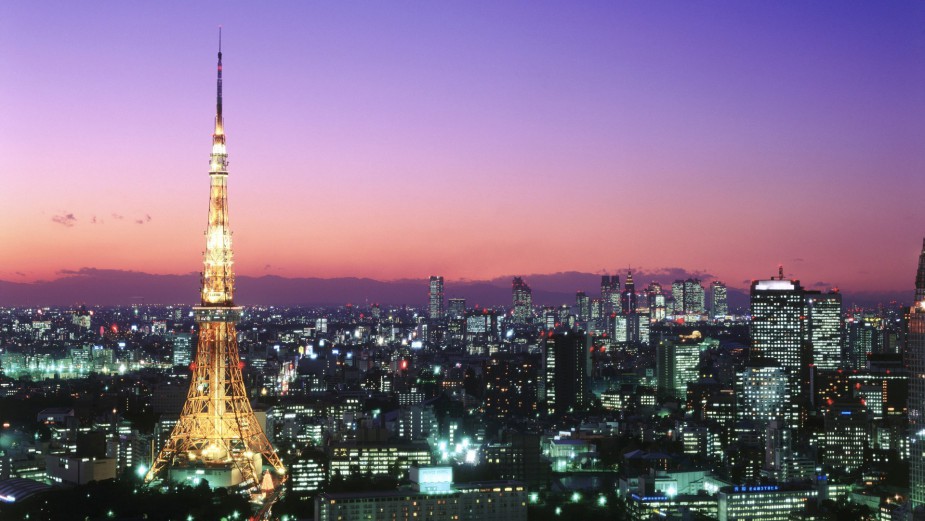Tokyo

Tokyo (東京 Tōkyō, "Eastern Capital"), officially Tokyo Metropolis (東京都 Tōkyō-to), is one of the 47 prefectures of Japan. Tokyo is the capital of Japan, the center of the Greater Tokyo Area, and the most populous metropolitan area in the world. It is the seat of the Japanese government and the Imperial Palace, and the home of the Japanese Imperial Family. Tokyo is in the Kantō region on the southeastern side of the main island Honshu and includes the Izu Islands and Ogasawara Islands. Tokyo Metropolis was formed in 1943 from the merger of the former Tokyo Prefecture (東京府 Tōkyō-fu) and the city of Tokyo (東京市 Tōkyō-shi).
Tokyo is an overwhelming cauldron of metal, glass, plastic, cement, skies and people. An almost unimaginable metropolitan that moves and beats at a futuristic speed. Fashion, technology, extreme contradictions are all moxed up in a blender, stressing the tension between moving at a greater speed than the mind can take and the slow, quiet solitude found in a forgotten local temple.
Tokyo was originally known as Edo, which means "estuary". Its name was changed to Tokyo (Tōkyō: tō "east" and kyō "capital") when it became the imperial capital in 1868, in line with the East Asian tradition of including the word capital ('京') in the name of the capital city. The fishing village Edo (lit. river's gate) was a small and unimportant village until the first Tokugawa Shogun decided to build his capital there in 1603. From Edo, the shoguns controlled united Japan, while the emperor lived in Kyoto. Edo grew quickly and in the middle of the 18th century it was the world's most populated city with a million inhabitants. Since Japan's feudal lords had to spend every other year in Edo, Edo became the country's melting pot, culturally and linguistically. Edo's dialect is considered the standard Japanese dialect to this day. In 1868, with the Meji Restoration, the emperor moved after 1100 years in Kyoto to Edo, renamed Tokyo.
Disasters
The Great Fire of Meireki (明暦の大火 Meireki no taika), also known as the Furisode Fire, destroyed 60–70% of the Japanese capital city of Edo on March 2, 1657, the third year of the Meireki Imperial era. The fire lasted for three days, and is estimated to have claimed over 100,000 lives. The fire started in the north-west of Edo, and during the fire, a strong hurricane wind also came from the north-west, which resulted in fast spreading throughout the city.
In 1923, the Great Kanto Earthquake (関東大震災 Kantō daishinsai) killed 100,000 people and destroyed a third of the city's houses. Because the earthquake struck at lunchtime when many people were cooking meals over fire, many people died as a result of the many large fires that broke out.
In 1945 during the World War II, Tokyo was once again destroyed due bombing, often referred to as a series of firebombing raids, was conducted as part of the air raids on Japan by the United States Army Air Forces during the Pacific campaigns of World War II. More than half of its buildins where lying in ruins.
Despite these disasters, Tokyo was rebuilt quickly and has become one of the world's most advanced, interesting and crowded city.
